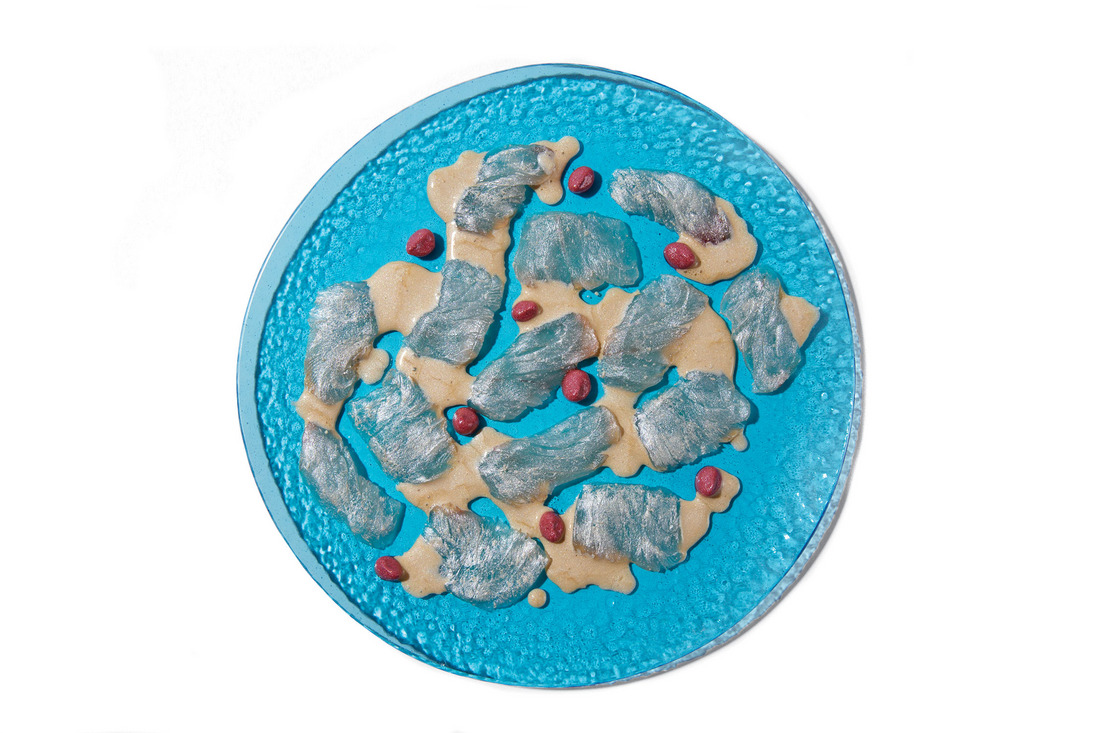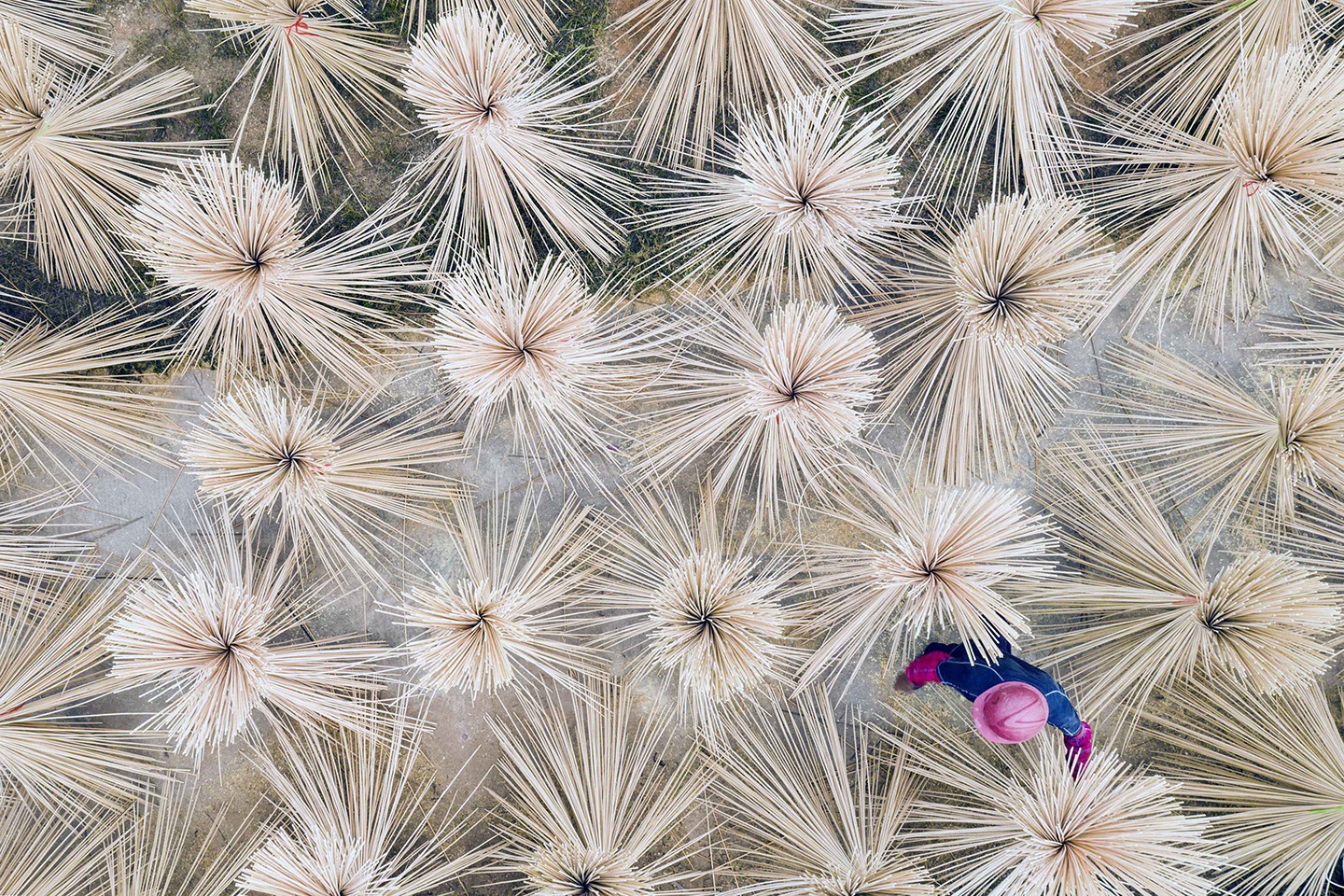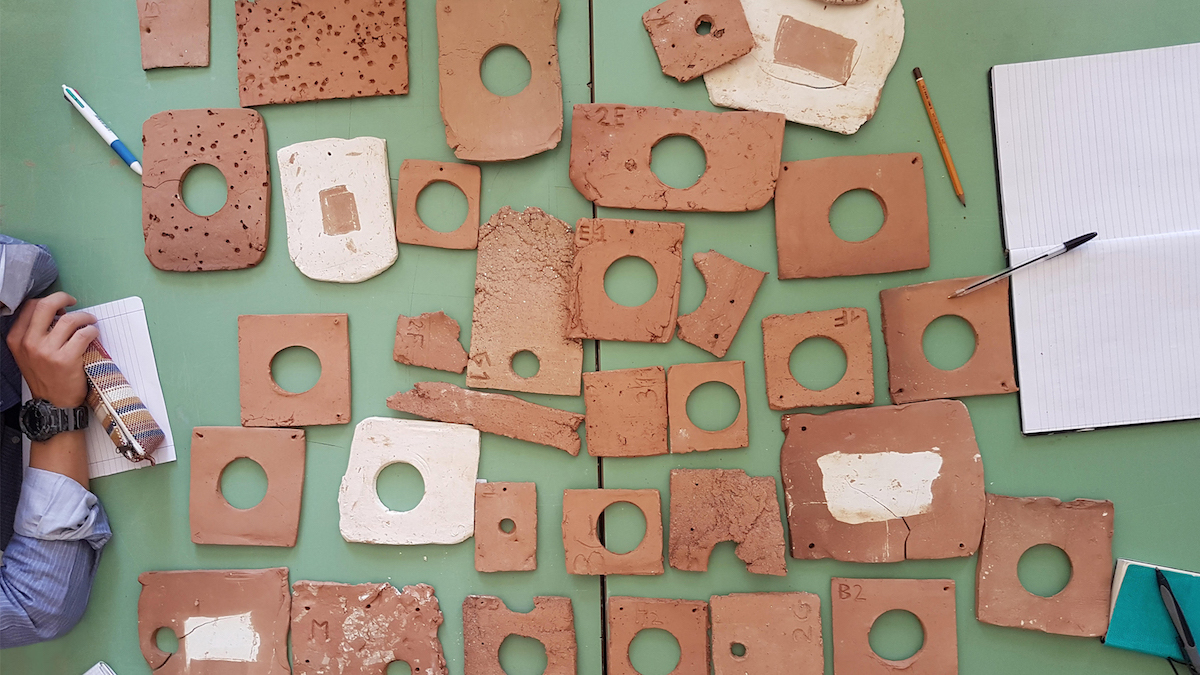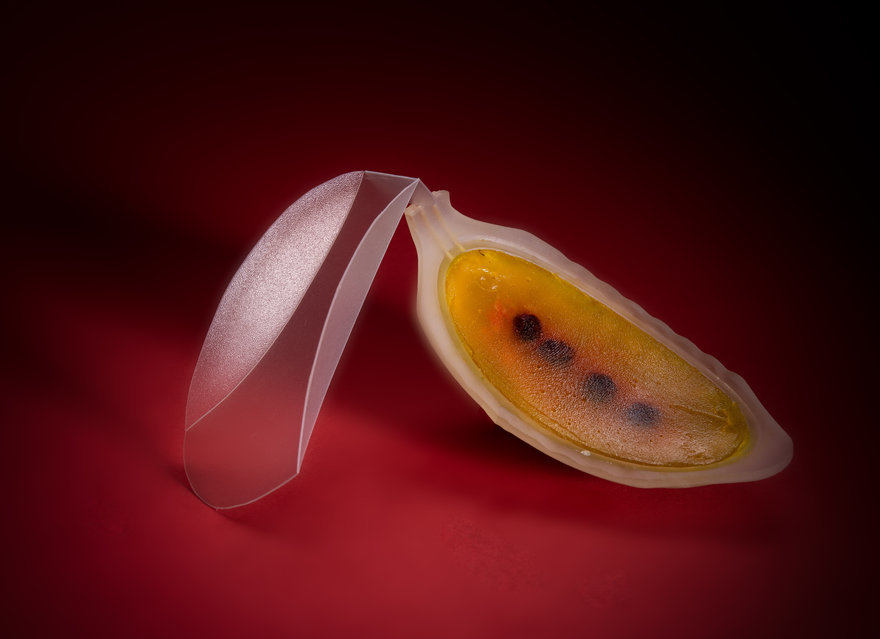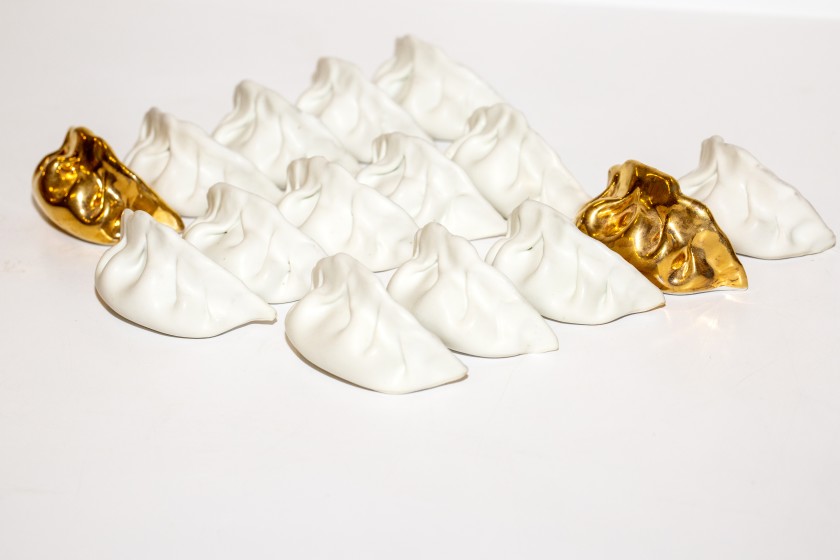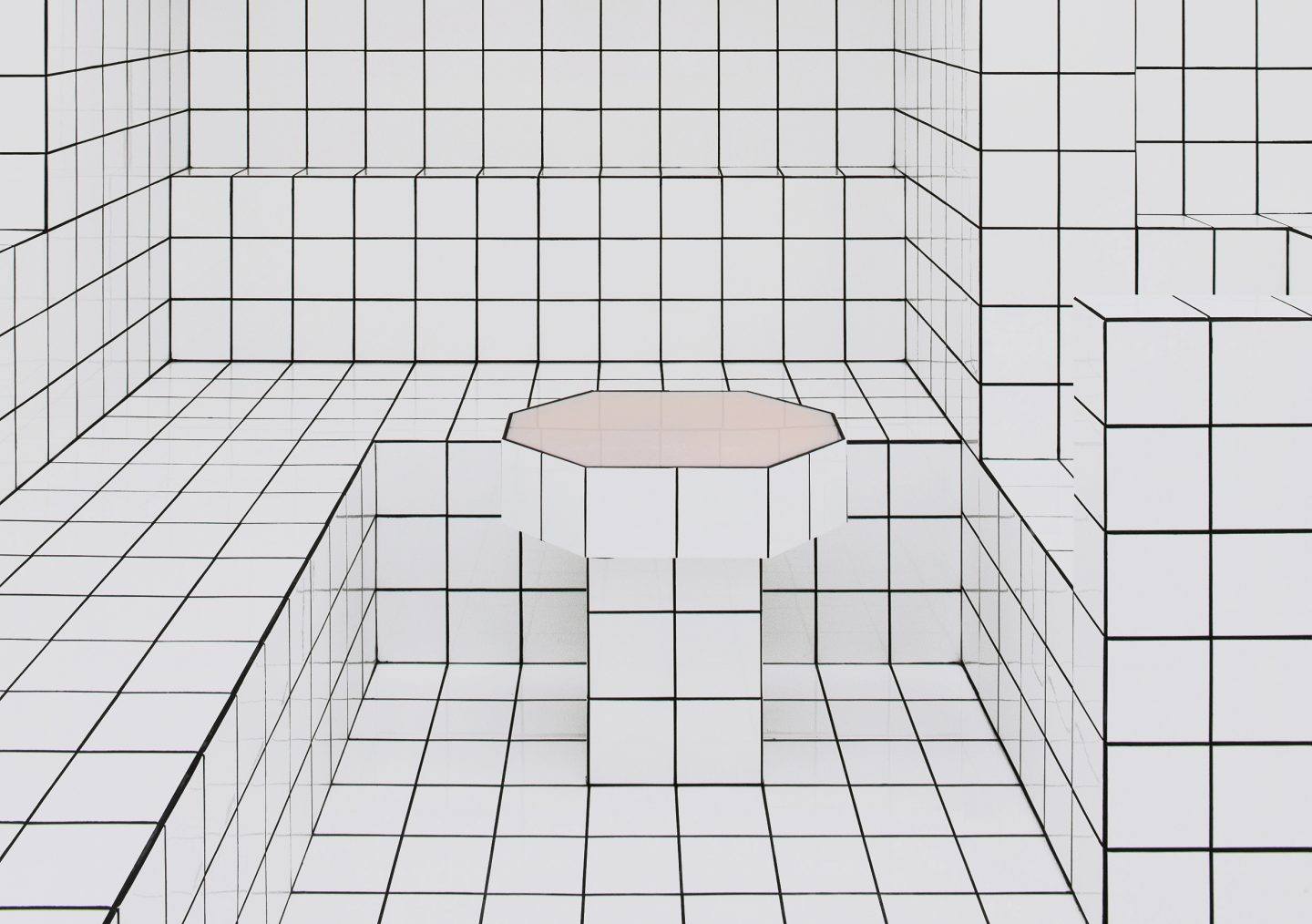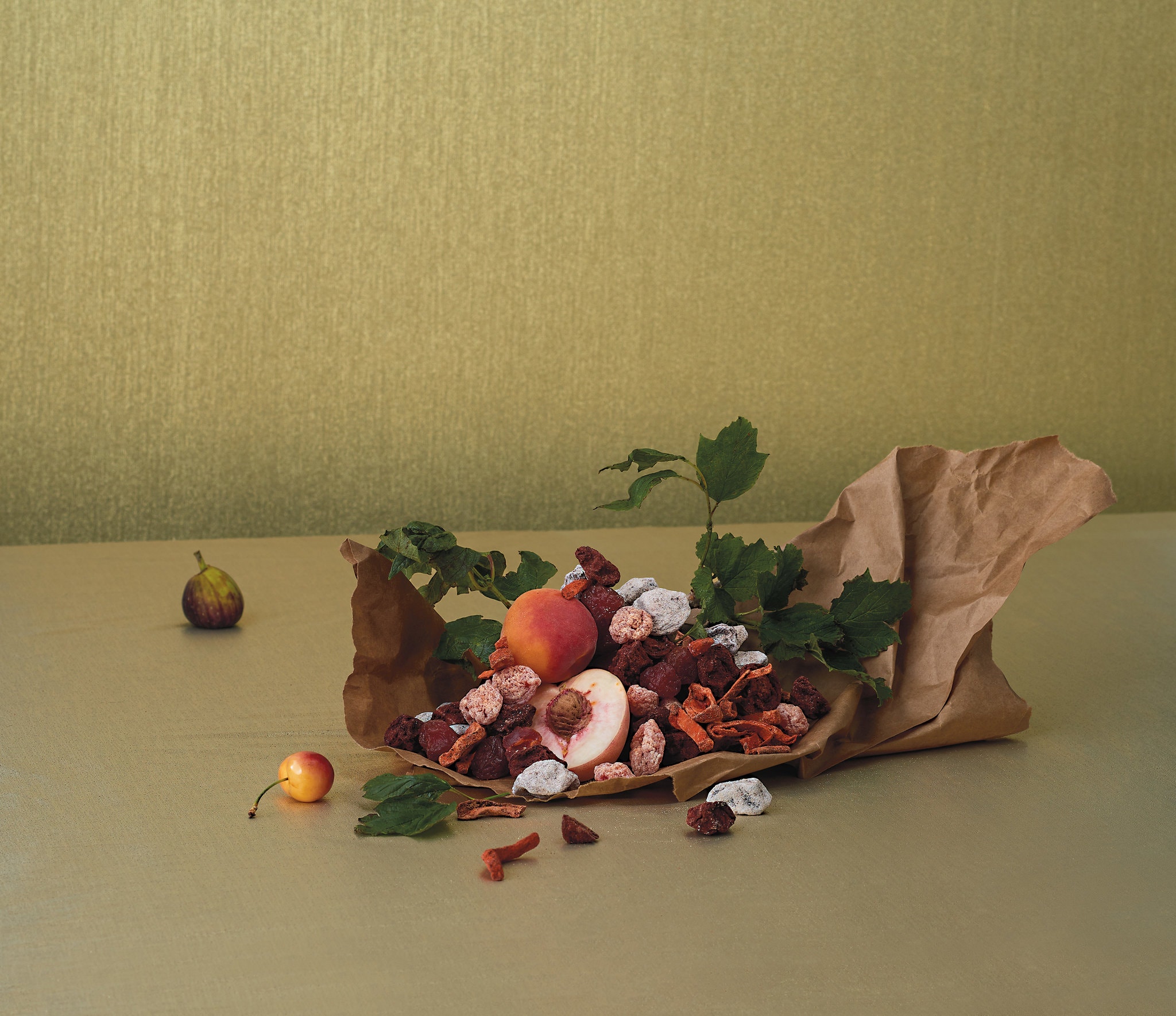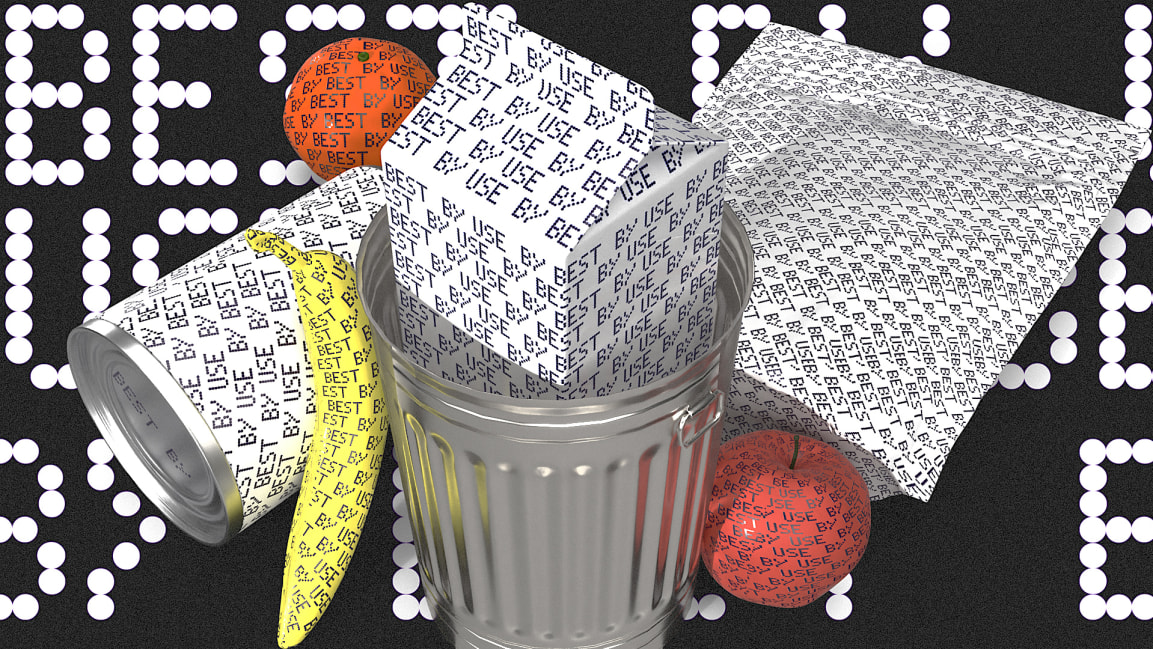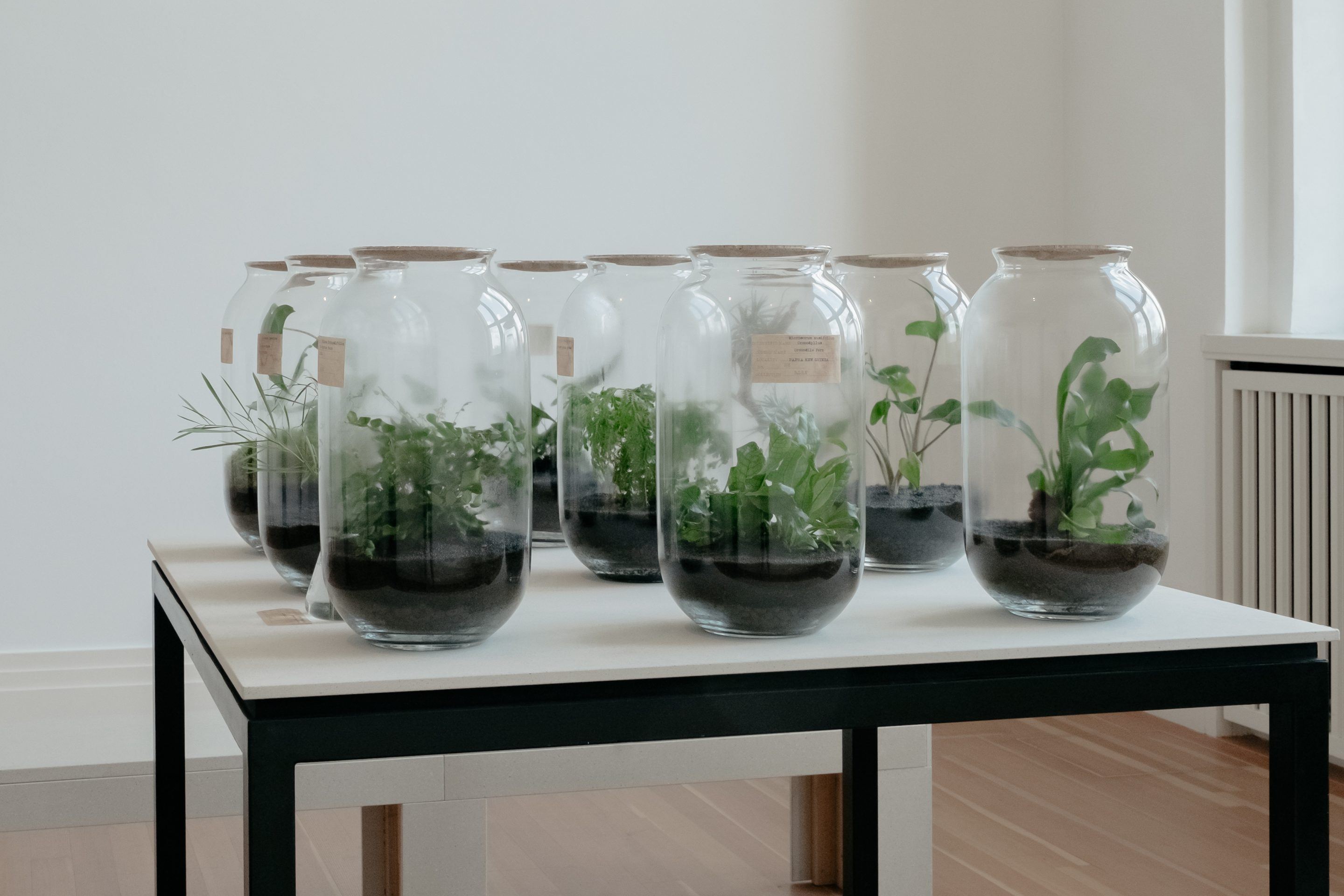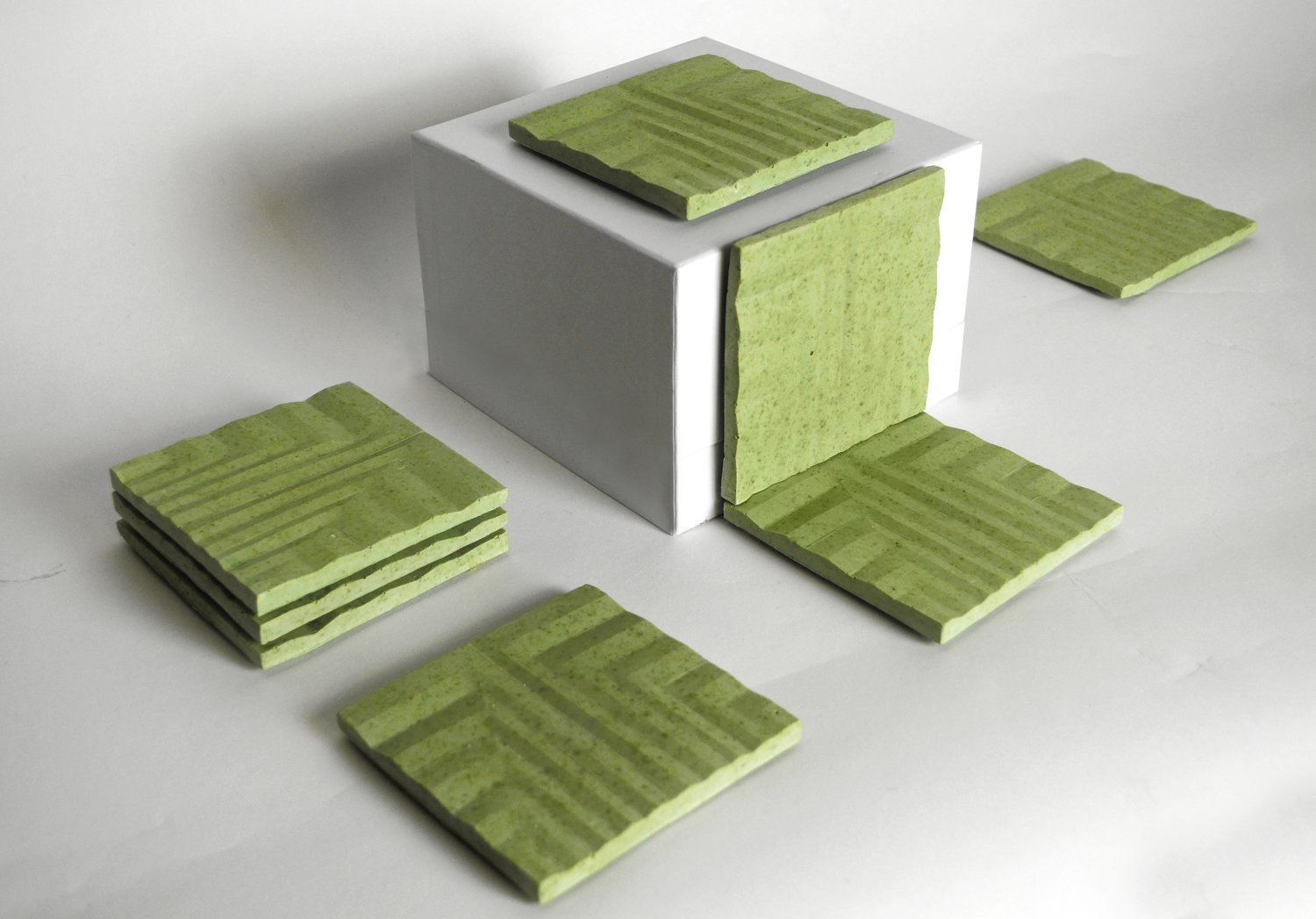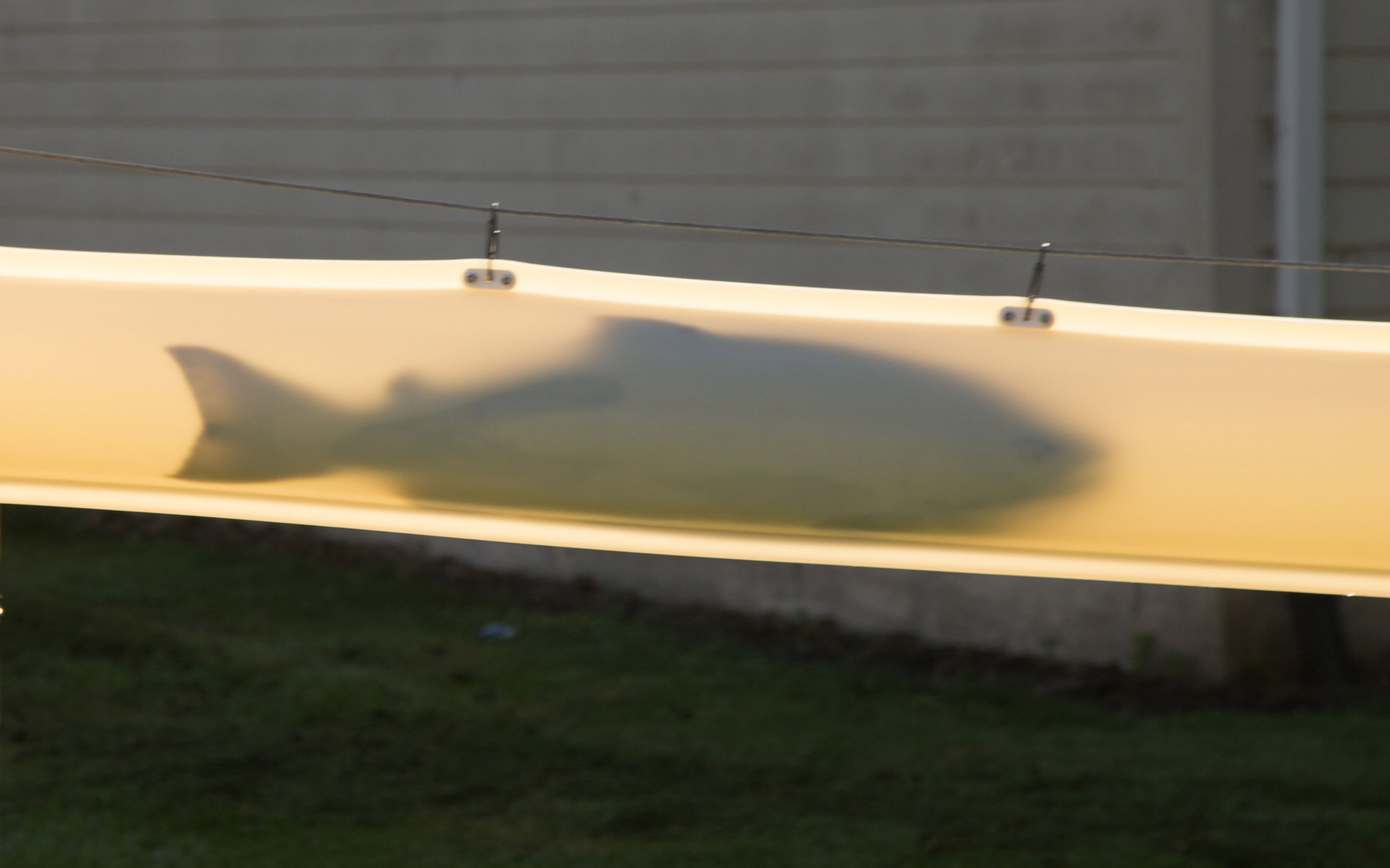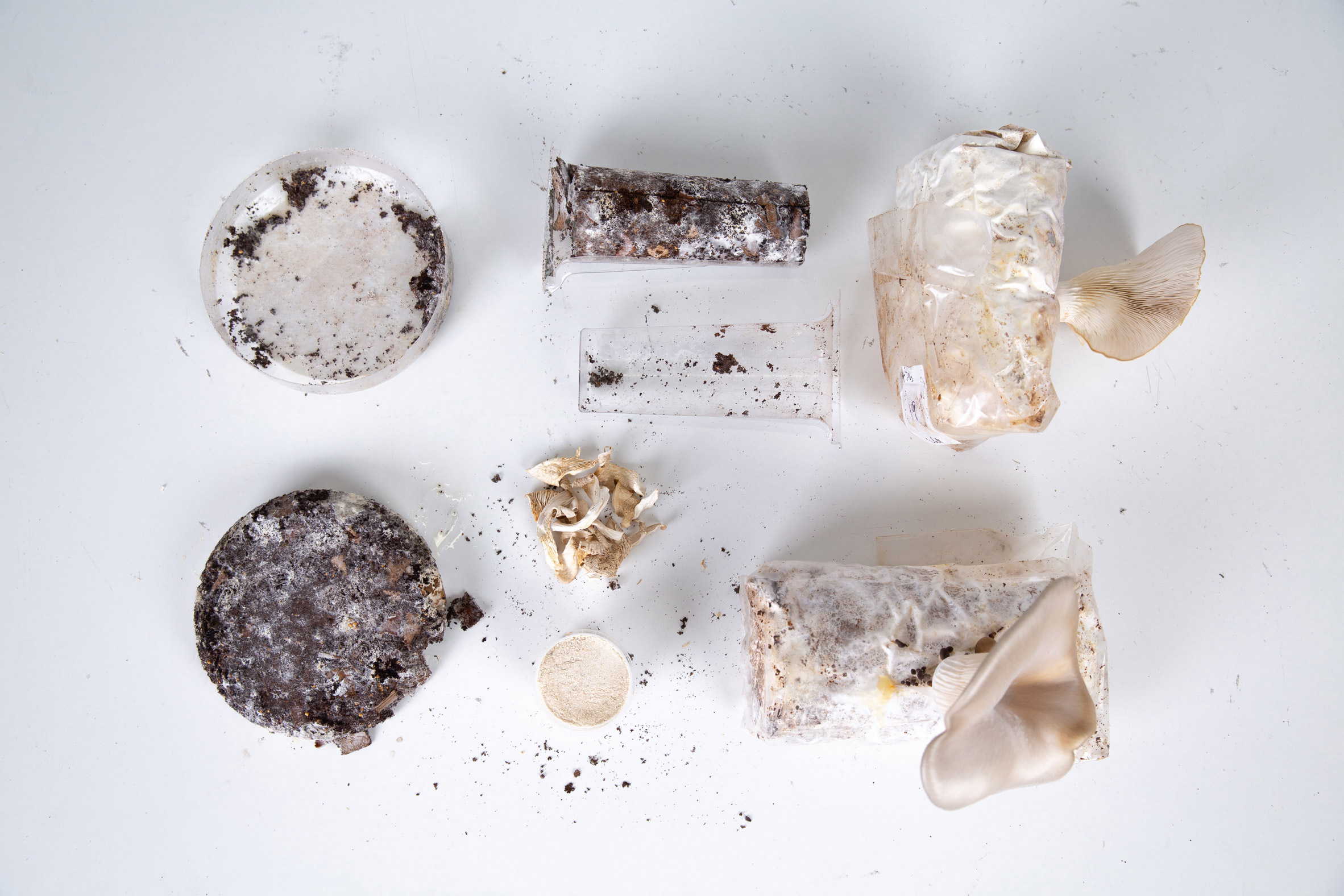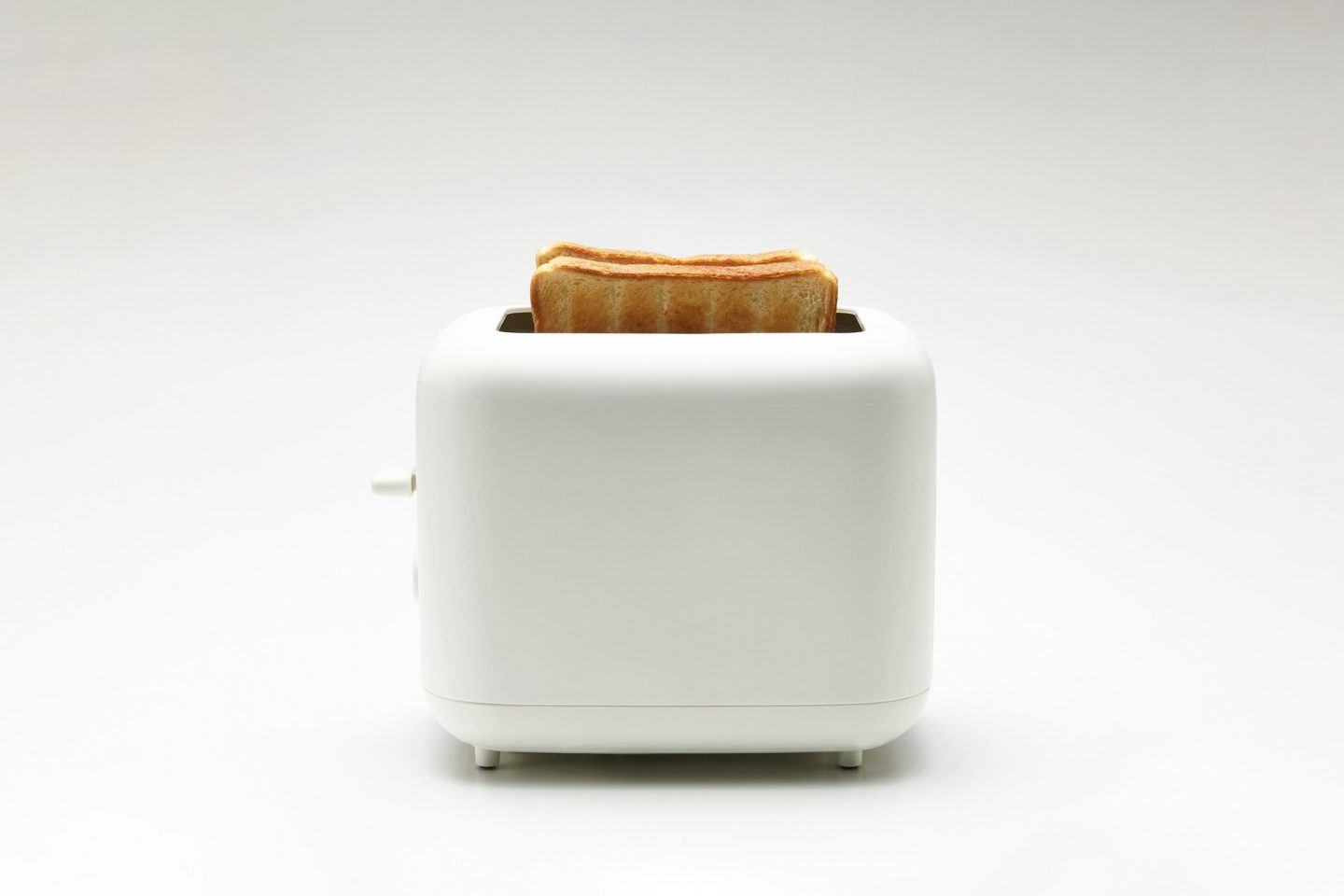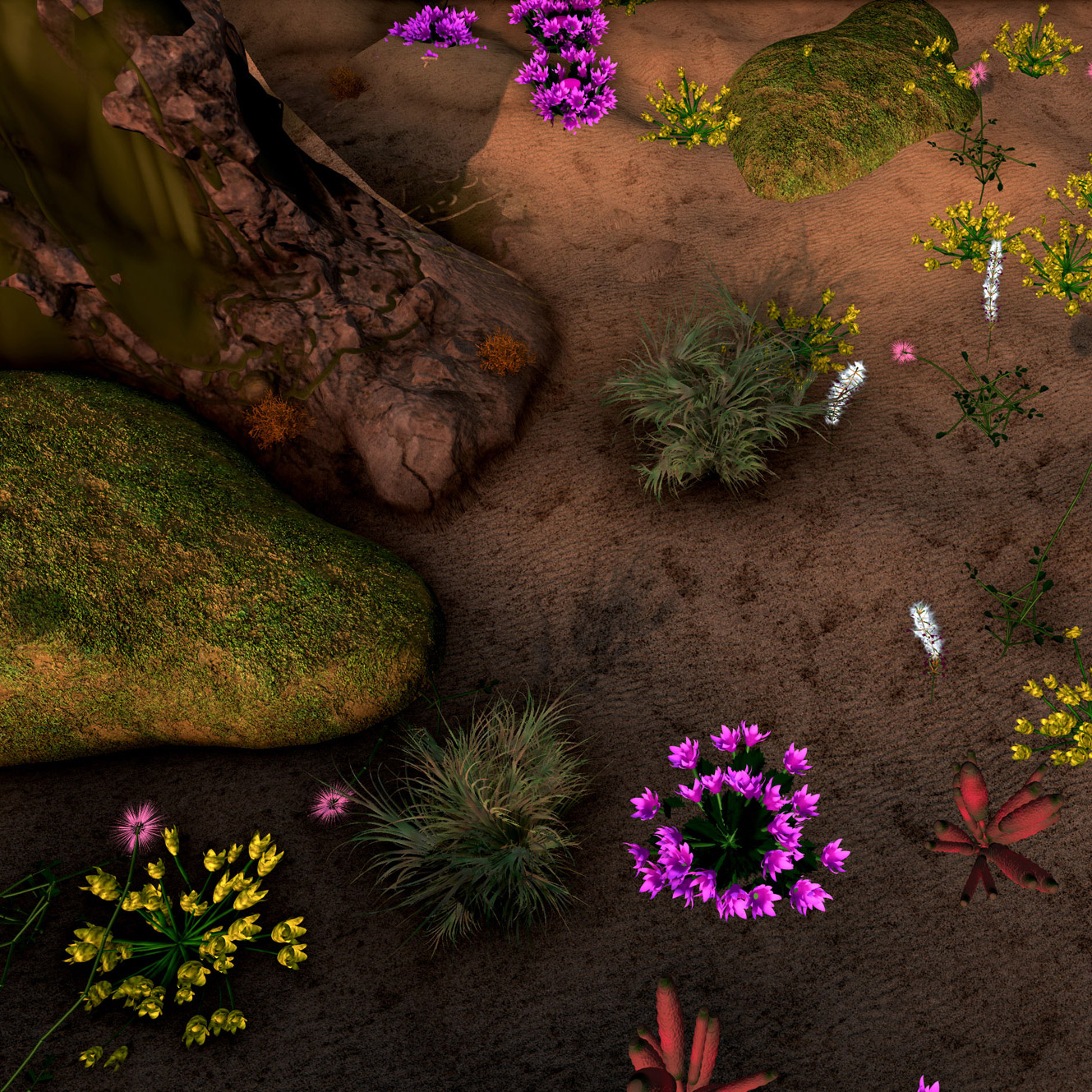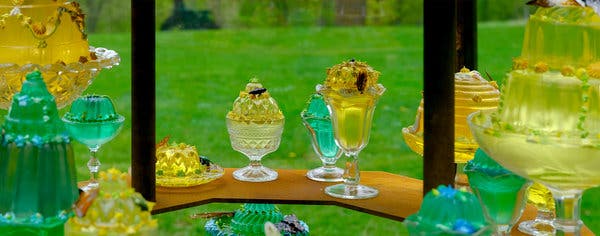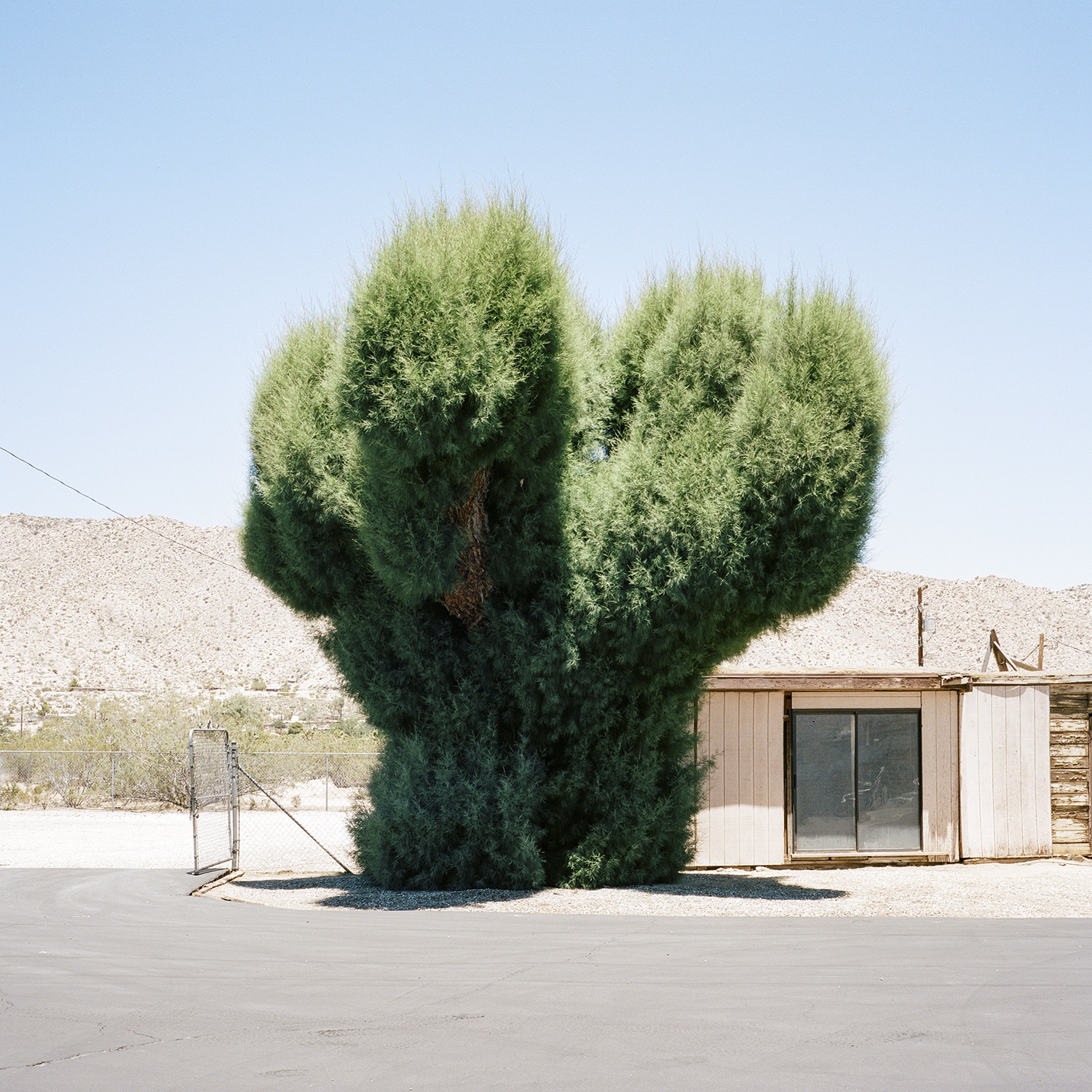Our weekly serving of off-the-menu items – a few popular favorites from the week, as well as a few morsels that may have slipped your notice.
How Synthetic Biology is Changing the Way We Eat
Shrimp made from algae, animal-free egg whites, and the Impossible Burger are just a few of the products that synthetic biology has brought to our plates. While synthetic biology has quickly developed into a booming market backed by billions of dollars of funding, this market is still in its early stages, and the long term effects of synthetic biology are still unclear. We might be able to engineer vegan burgers, but does synthetic biology have undetected environmental impacts?
Experimenting with Urban Farming
Tom Dixon and IKEA presented an experimental model for urban farming titled Gardening Will Save the World at this year’s RHS Chelsea Flower Show. The project is divided into two levels, a raised garden containing plants with environmental and health benefits, and a horticultural laboratory. Dixon and IKEA created the project to show people how to grow food at home and reduce food waste.
 Image courtesy of MONA Museum of Old and New Art, Hobart, Tasmania, Australia.
Image courtesy of MONA Museum of Old and New Art, Hobart, Tasmania, Australia.
A “How to” On Eating Invasive Species
A newly released Tasmanian cookbook Eat the Problem provides recipes for cooking and consuming invasive species. The book has over 500 pages of essays, art, and recipes that each focus on a plant or animal that is overtaking an ecosystem. Featured organisms include everything from prickly pears to opossums to camels (apparently, Australia has a feral camel problem!).
IKEA’s Iconic Meatballs Go Vegan
This fall, IKEA will begin testing out a vegan version of its famous meatballs in select stores, with a plan to take the meatballs worldwide in 2020. To meet their short deadline, the store currently has eight employees solely working on developing the recipe for the vegan meatballs-will they be soy, oat, or pea based?
A floating dairy farm in Rotterdam is now officially open, and home to 32 cows. The farm serves as a model for future agricultural development, as rising sea levels are making available farm land diminish. The floating structure also generates all of its own electricity through solar power, and uses a rainwater collection and purification system to produce its water. If you’re worried about the cows’ comfort, don’t be! They can wander back onto a dry field whenever they want more space.




